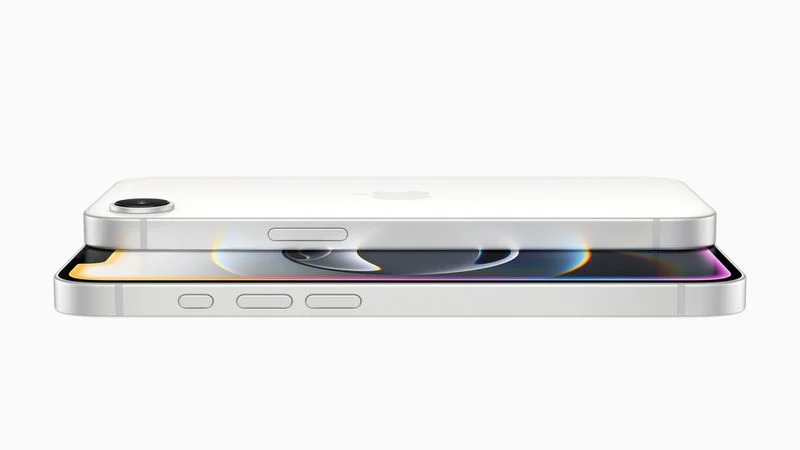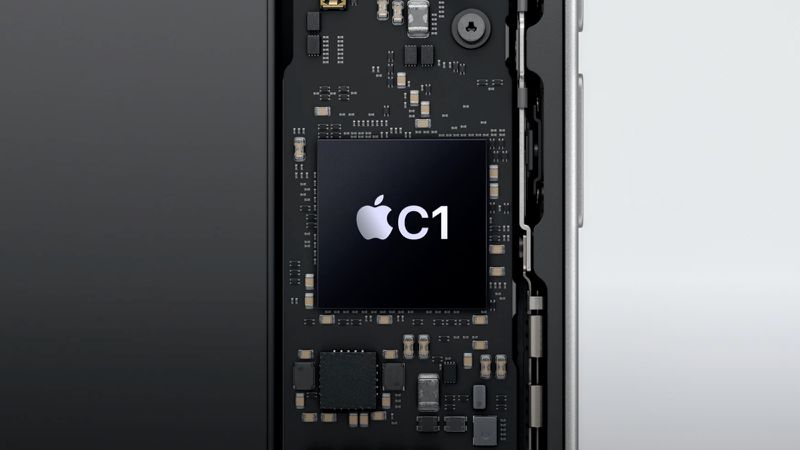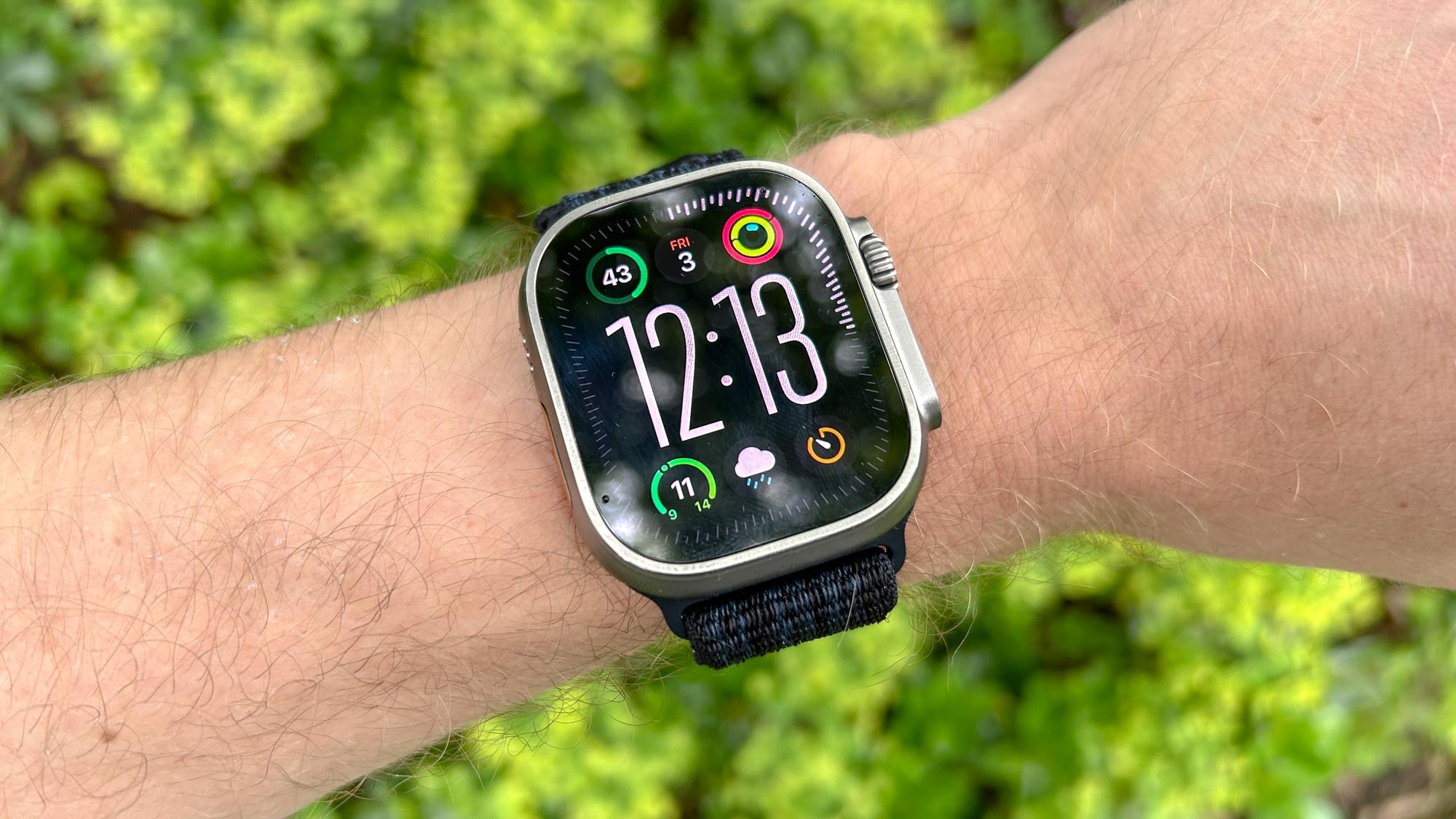For years in the 2000s and 2010s, Apple sold Wi-Fi routers called AirPort base stations. They came in three types: the basic AirPort Express, the fancier AirPort Extreme with extra networking tricks, and the AirPort Time Capsule, which also worked as a backup drive for Macs using Time Machine. Apple stopped making these routers in 2018, but there’s a chance they might come back in a surprising form.
In December, Bloomberg’s Mark Gurman shared that Apple is working on a new Wi-Fi and Bluetooth chip. This chip will show up in updated Apple TV and HomePod mini devices later this year. He says it’s so powerful that it could turn these gadgets into Wi-Fi hotspots. But don’t get too excited yet—it’s not certain Apple will go that route.
Apple seems eager to grow in the smart home world. Rumors suggest they’re building a brand-new smart home hub for release this year. There’s also talk of a HomeKit smart camera that pairs with the hub, creating a simple home security setup. If future Apple TVs or HomePods could act as Wi-Fi routers, too, that’d be another win for Apple in the smart home game.
Gurman says this new chip will support Wi-Fi 6E, a step up from the Wi-Fi 5 in the last AirPort models. However, analyst Jeff Pu thinks it might even handle Wi-Fi 7, which is even faster. For now, it’s unclear if Apple TV and HomePod will turn into routers. Still, Apple is cooking up tech that could make it happen. Whether they bring back the AirPort idea in this fresh way, only time will tell.






